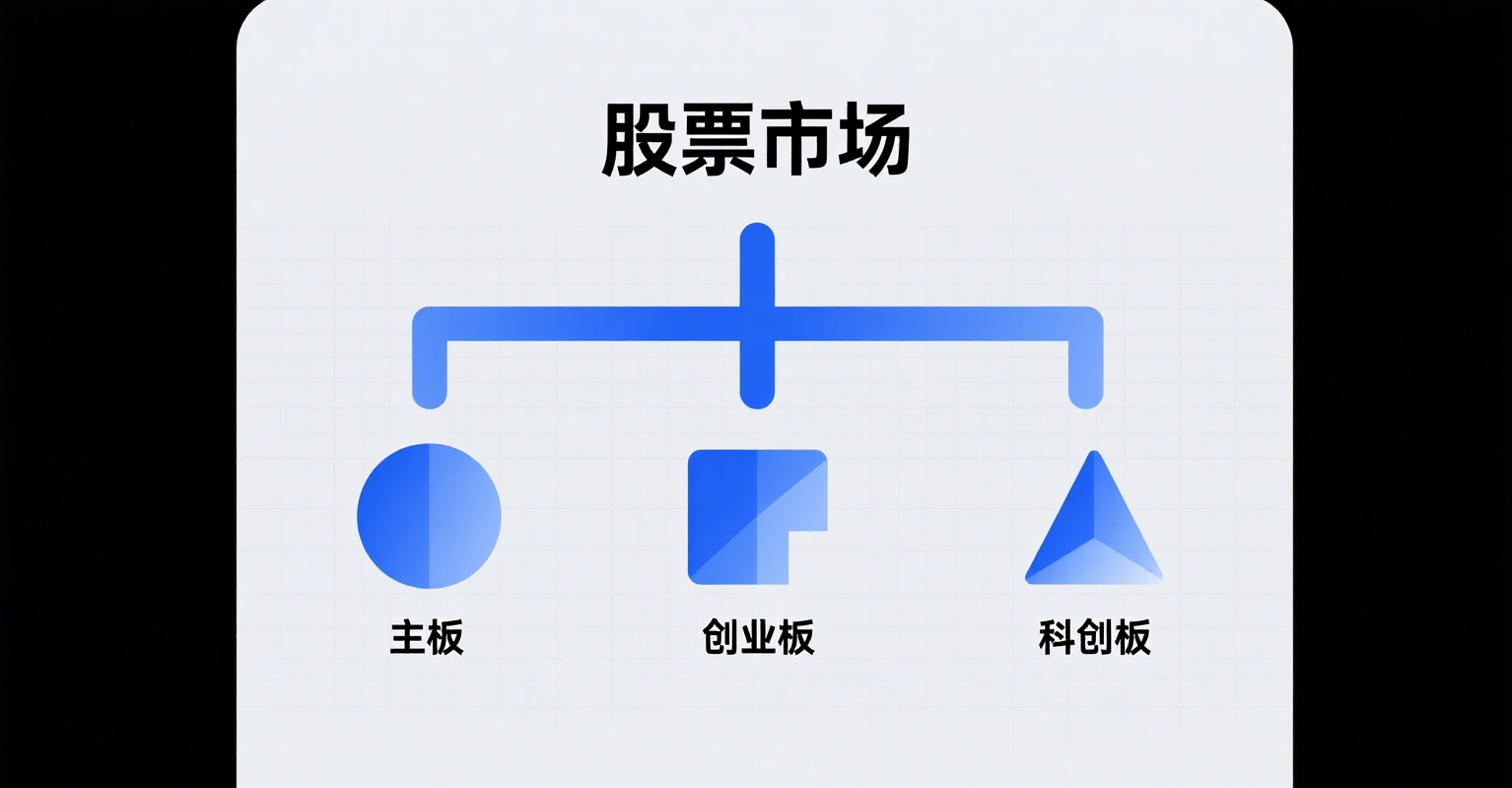
The Internet Fuels the "Craze" for IP-Co-Branded Gold Jewelry
During interviews, sales staff from all brands offering IP-co-branded gold jewelry mentioned to the Times Weekly reporter that their co-branded gold products are highly popular on Xiaohongshu (Little Red Book). The reporter noted that not all co-branded items are favored by netizens, with the trend mainly limited to a few viral IPs.
Driven by internet algorithms, big data, and web crawlers, Xiaohongshu, while selling "stories + emotions," has also begun selling gold, turning "pain gold" (a term referring to expensive but beloved gold purchases) into a triple-purpose tool for young people to express themselves, preserve wealth, and flaunt on social media.
After browsing content related to "pain gold" and IP-co-branded gold jewelry, the Times Weekly reporter noticed an increase in recommendations for anime and IP-co-branded gold jewelry on Xiaohongshu, with occasional active pushes of related content. The influence of internet social media has created the impression among young people that IP-co-branded gold jewelry is extremely popular and widely purchased.
Although direct sales of IP-co-branded gold jewelry on Xiaohongshu typically number only a few hundred orders, many users under these posts express their love for the products, with some claiming to have bought the entire collection. However, some users also voiced concerns about the low cost-performance ratio of such products. In the comments sections, some goldsmith shops promote custom jewelry as a more cost-effective alternative.
A staff member from one such goldsmith shop explained that in the recycling market, regardless of craftsmanship or IP, all gold items are recycled based on weight. Techniques like 3D, 5D, and 5G involve higher labor costs, but they do not affect the recycling price of gold jewelry. This means that IP-co-branded gold items sold at fixed prices (with high labor costs) may face depreciation in the recycling market.
Recent data from the China Gold Association shows that in the first half of 2025, China's gold consumption was 505.205 tons, a year-on-year decrease of 3.54%. Gold jewelry consumption accounted for 199.826 tons, down 26.00% year-on-year. The association attributed this to high gold prices suppressing demand, though lightweight, well-designed, and high-value-added jewelry remains popular.
A jewelry industry insider told Times Weekly that against the backdrop of sluggish gold jewelry sales, co-branding with popular IPs is akin to gold shops buying traffic from IP copyright holders. Traditionally, collectible gold jewelry consisted of antiques or pieces by renowned designers or special editions. IP-co-branded gold jewelry is still in its early stages, and while a secondary market has emerged, its long-term collectible value remains uncertain.
A seller on Xianyu (a second-hand platform) revealed that IP-co-branded gold jewelry that can be sold at a premium is mostly limited-edition products sold in offline stores in certain cities. Once listed on official flagship stores, the premium disappears. Due to consumer skepticism about authenticity, sellers now often have to discount prices by 20-40%, bringing the per-gram price close to or even slightly below the listed gold price.
The Times Weekly reporter noted that on Xianyu, a 0.88-gram Chow Tai Fook Chiikawa co-branded lucky bead (featuring characters Kii, Hachi, and Usagi) is priced at just 799 yuan, equivalent to 907.95 yuan per gram.
















